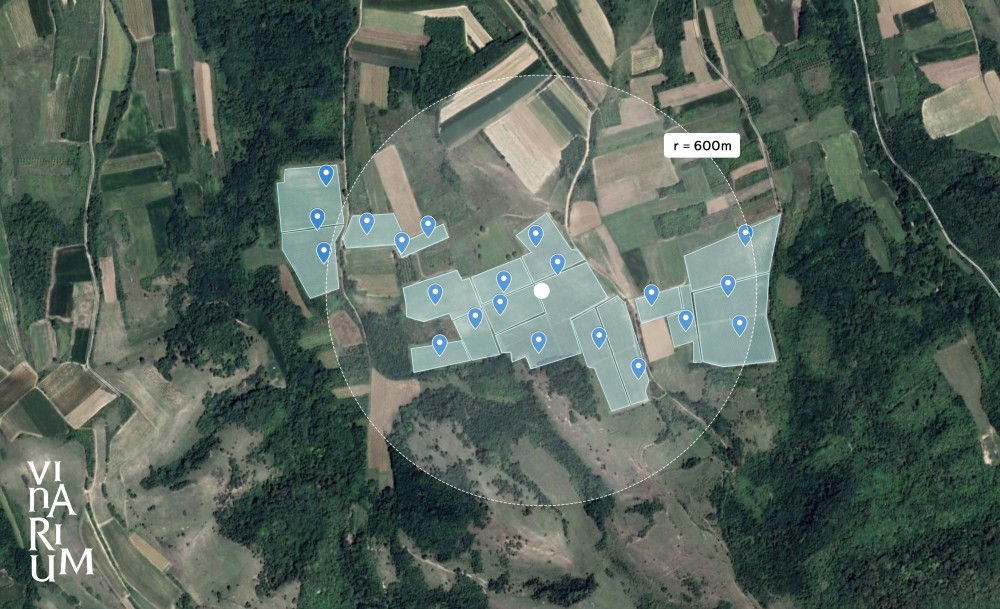Conventional wine-growing practices have been around for about 70 years. The use of chemicals in vineyards – herbicides, pesticides, and fungicides – has been an integral part of such practices. Although efficient, these practices have shown not to be sustainable, creating one of the major challenges in viticulture, and food production in general. The strong focus on sustainability in wine growing requires minimal or no interventions during the growing season, and this poses many challenges to winegrowers and winemakers.
The Vinarium winery is located near the village of Banostor, on the slopes of Fruska Gora, a mountain in northern Serbia. Over the past decade, this winery has managed to differentiate itself with a specific way of working and the quality it delivers. They are currently in the process of getting the official organic winegrowing certificate for the vineyard spanning 25 hectares. The family-owned business has been gradually widening the plantation, while continuously improving production standards, and taking care of every detail, both in the vineyard and in the processing of grapes.
The transition from conventional to organic grape-growing practices started in 2019 and is still in progress. To make sure such a change does not impose significant risks, winemakers and technologists can rely on modern tools like Winessense, which was deployed at Vinarium in 2020.
A network of sensors has been installed throughout the 25 hectares of vineyards that are grouped around a central point with a radius of about 600 meters, stretching across altitudes from 140 to 220 meters above sea level. The environmental parameters such as temperature and humidity are continuously and automatically measured across 21 points in the vineyards and based on the collected data it is possible to observe different microclimatic aspects of this seemingly homogeneous space.
As an illustration of these differences, a graph of temperature measurements from the vineyards during June 2021 is shown. It is immediately noticeable that the temperature differences during the transitional periods of a day, the dusk and the dawn, are more than surprising, as they amount up to 8 degrees Celsius.
This opens up a handful of possibilities and questions. The first one is whether there are actually more microclimatic zones at this compact location, and what that means for the assortment. Then, what are the differences within each of the plots? What is the impact of these differences on the disease pressure or on the aromatic profile of grapes? And ultimately: how do you manage this surprising diversity of microclimatic conditions?
Winessense is designed to provide answers to these questions and help winegrowers and winemakers in maintaining their sustainable viticulture footprint while keeping the highest wine quality standards. To find out more and discuss your needs and challenges feel free to get in touch with us at info@atfield.tech
